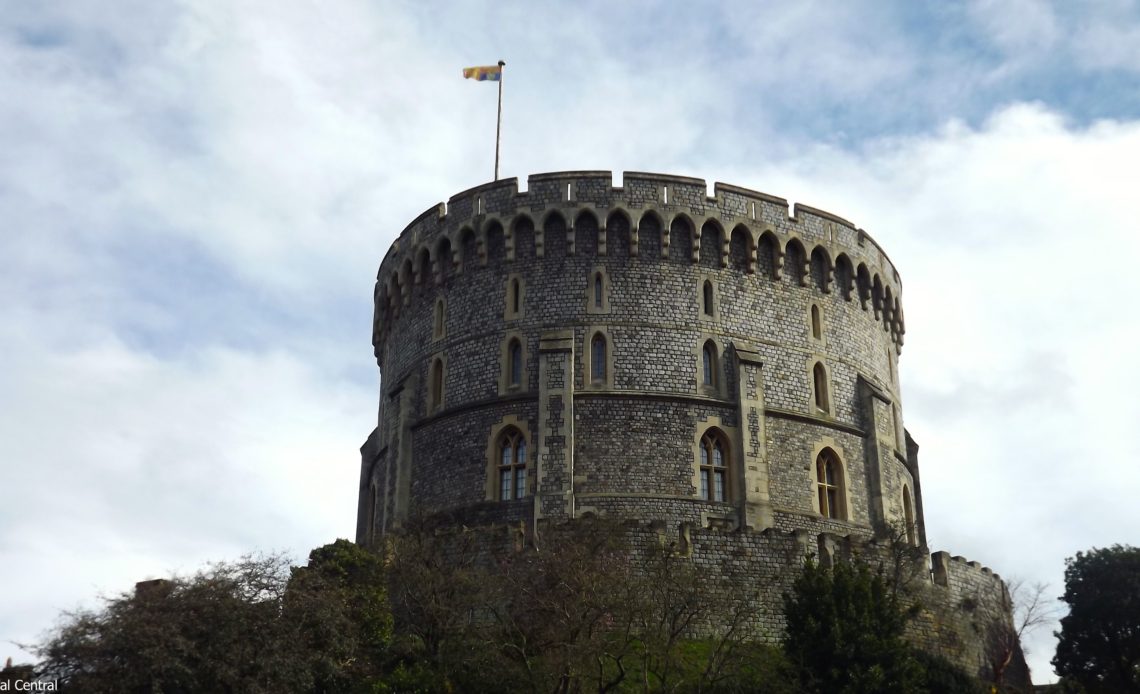
When King George V inherited the throne from his father, Edward VII, in 1910, he was the second monarch in the House of Saxe-Coburg and Gotha. However, he would also be the last monarch of the dynasty.
Queen Victoria was the sixth monarch in the House of Hanover. In 1840, she married Prince Albert of Saxe-Coburg and Gotha. Their son, King Edward VII, took the throne in 1901 upon his mother’s death and thus began the House of Saxe-Coburg and Gotha.
King George V began his reign as the head of the House of Saxe-Coburg and Gotha. Political and social events across Britain and Europe forced an abrupt departure, though.
The First World War, known during the time as “The Great War”, saw Britain and Germany on opposing sides. Anti-German sentiments had been brewing in Britain for quite some time, but with Britain facing bombing from a German aircraft, the “Gotha G. IV”, it was even higher.
King George and his advisors recognised that a change was required. Not only was the Royal Family closely related to the German Kaiser, as well as others on the opposing side, their dynasty name emphasised those German connections.
On 17 July 1917, King George officially issued a royal proclamation that set out the Royal Family’s new dynastic name: the House of Windsor.
The name Windsor invokes images of Windsor Castle, a castle that has stood for almost 1,000 years and remains at the heart of the monarchy.

